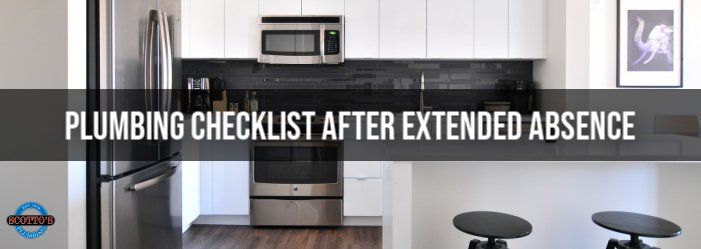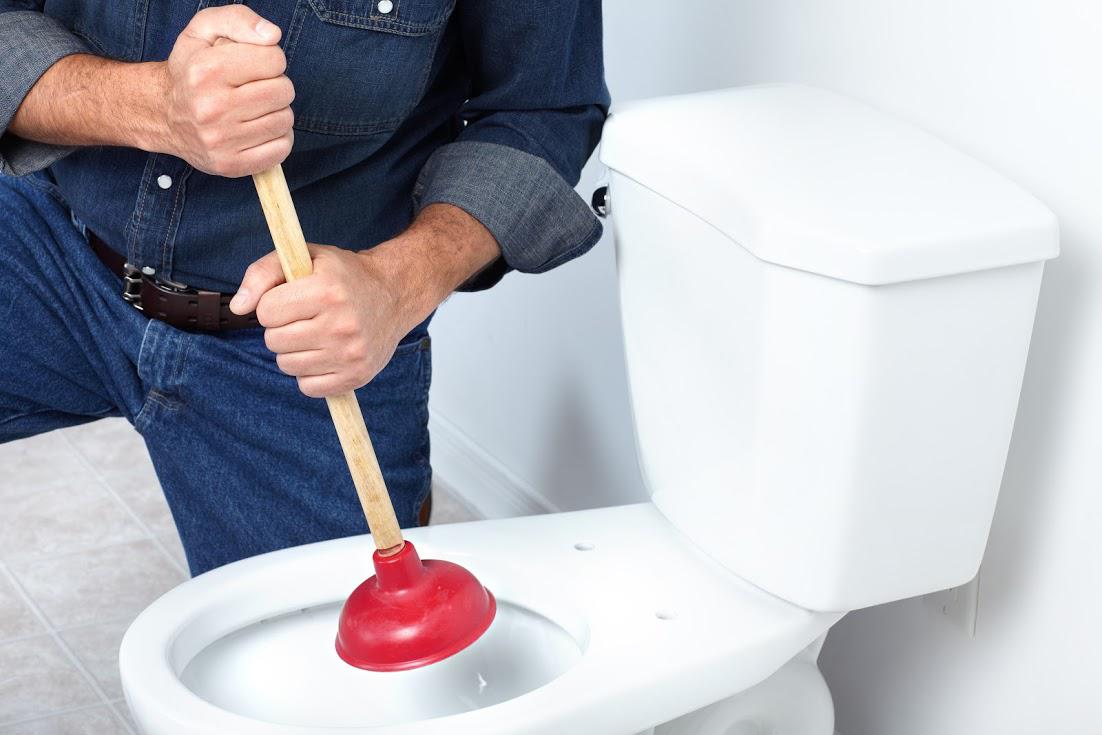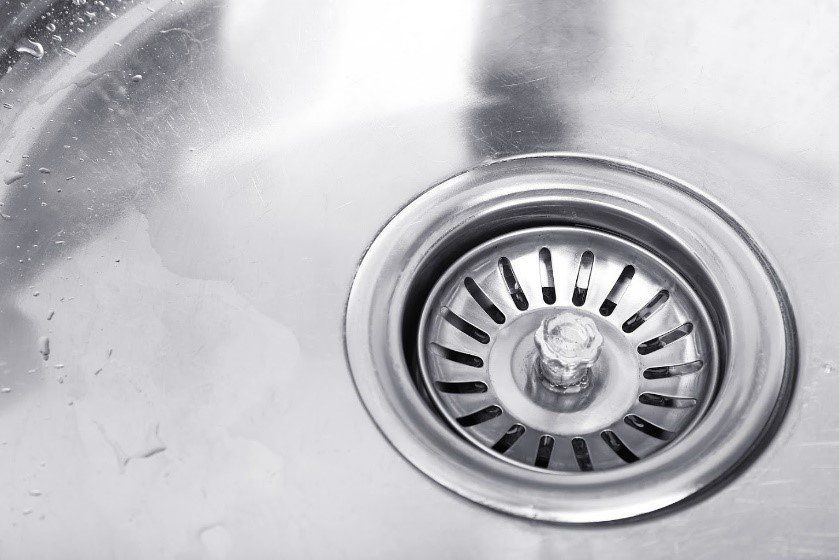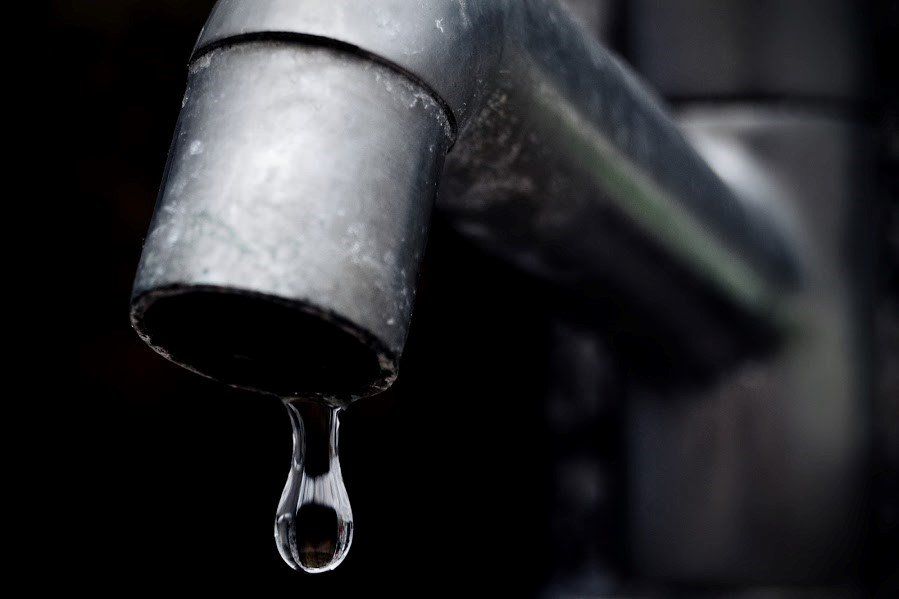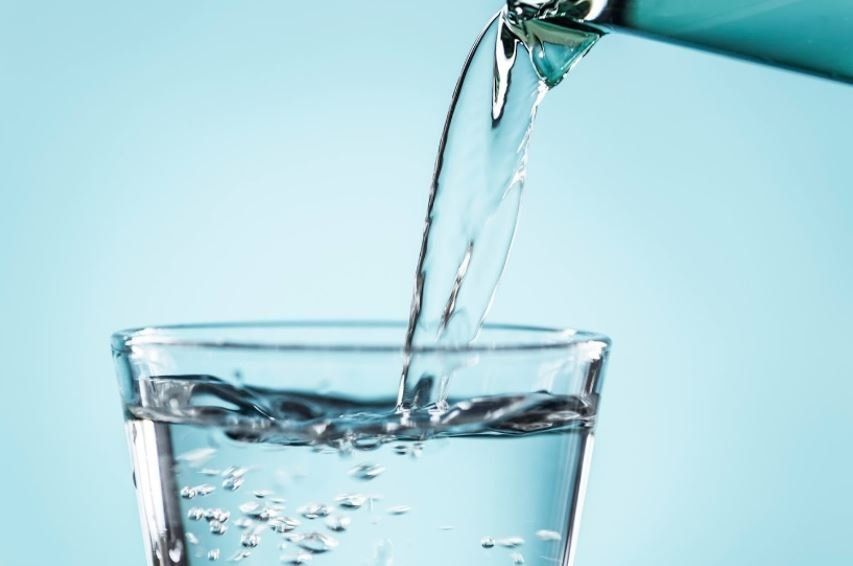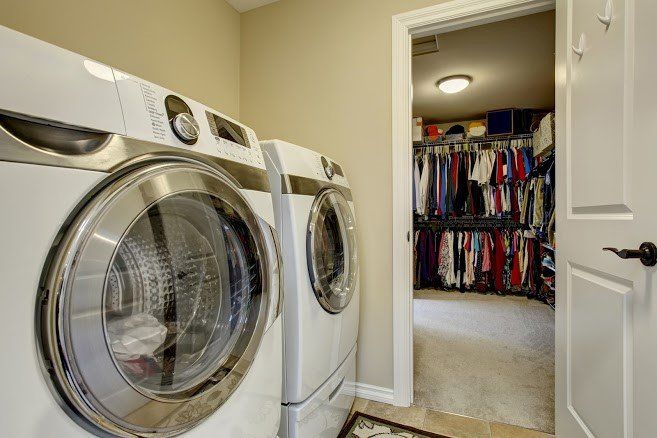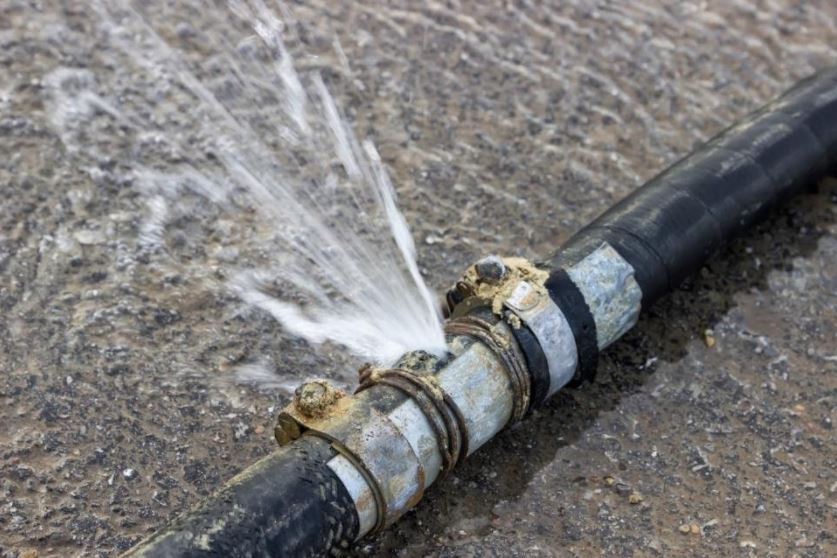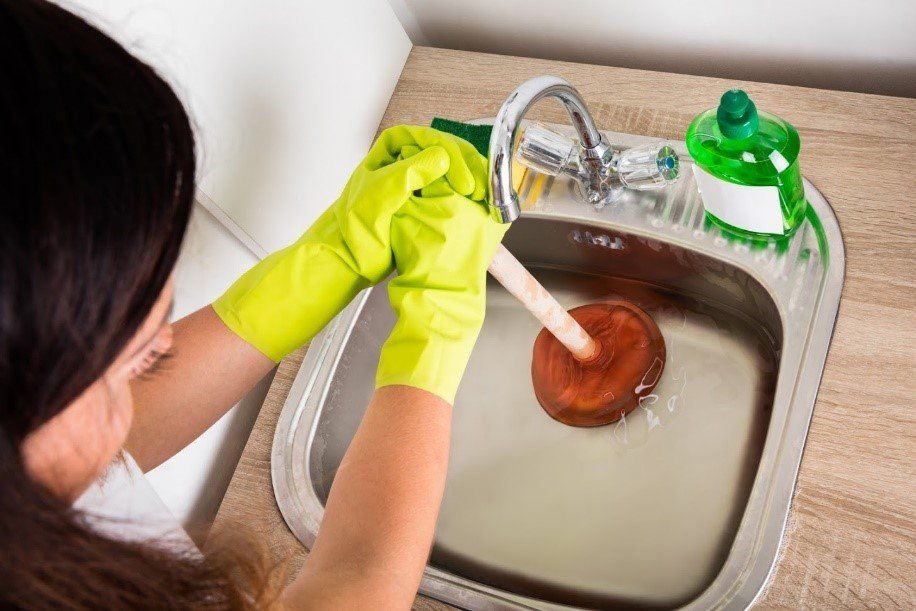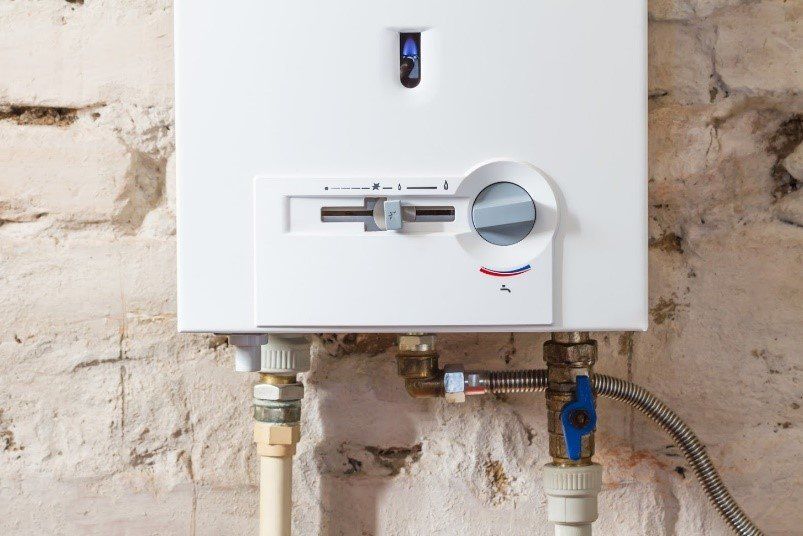3 Signs Your Sewer System is in Distress
Damage to your sewer system can occur in many ways, including flushing unflushable items down the toilet, disposing of excess waste in your kitchen and sink drains, and underlying tree roots that grow into your sewer lines. Without the proper repairs, you may experience a sewer backup and leaks that impact your home and your health negatively.
While it may be surprising to learn, sewage contains a variety of unhealthy gasses, such as hydrogen sulfide, nitrous oxide, carbon dioxide, and methane as well as dangerous bacteria. A sewer system that is not in proper working condition can also damage your home. This guide and your plumbe r will teach you some signs that your sewer system is in distress.
1.
Continuous Clogged Drains
An occasional clog in your sink, tub or shower, and toilet drain is normal and something most homeowners will face at one point in time. However, if multiple drains are experiencing clogs continuously, you may have an excess of sewage in your sewer lines.
Plungers and plumbing snakes can remove these clogs, but these tools do not provide long-term solutions if the drains continuously clogs up.
Consider having a plumber use a hydro-jetting service to clean your drains, which removes any debris that is currently clogging, or will clog up, your drains and sewer lines in the future. If applicable, make sure all drain and sewer lines are installed in the right slope to allow adequate drainage.
2. Bubbles in Drains
Experts believe there is really only one thing that can make bubbles come out of your drain and that is air.
If your drains or your sewer lines are clogged and backed up, water and waste will not be able to move past the clog, which can cause air to become trapped inside the lines. When this situation happens, you may notice bubbling in your toilet drain or the drains of your sink, tub, and shower.
To determine if the bubbles stem from a clog in the drain or a backed-up sewer, fill a sink or tub with water. Then, allow it to drain. If bubbles appear only in that location as the water drains, the clog is most likely located in that specific drain only. If the bubbles appear in all drains, including the toilet, the clog is located in the sewer.
3. Rotten Egg Smell
The
smell of rotten eggs in and around your home is a surefire sign
something is wrong with your sewer system.
This foul smell stems from various sewer gasses, such as methane, hydrogen sulfide, and even ammonia. As mentioned earlier, exposure to these gasses can be hazardous to your health. If you are smelling sewer gas, your sewer system is most likely in distress.
In most cases, the smell will be most prominent at the location of the sewer issue. You may also see puddling of water/waste in the area where the problem is.
If the rotten egg smell is more noticeable inside in a specific room, check the drains in the room. Make sure there are not clogs in the toilets and the sinks are free of debris and other waste. You may also need to clean out the p-traps under your sinks to ensure these drains are free of clogs and waste.
Clogs in the vent pipes may also cause a sewage smell inside your home. This situation is most common in older homes that have rusty cast iron vent pipes. Replacing these pipes will be necessary to prevent corrosion, future clogs, and a sewer backup.
If you are experiencing any of the above signs, help is available. Contact Scotto’s Plumbing today.

